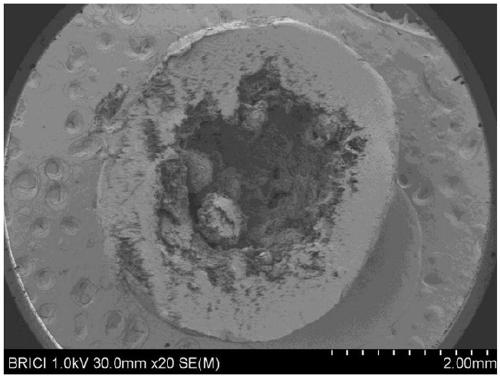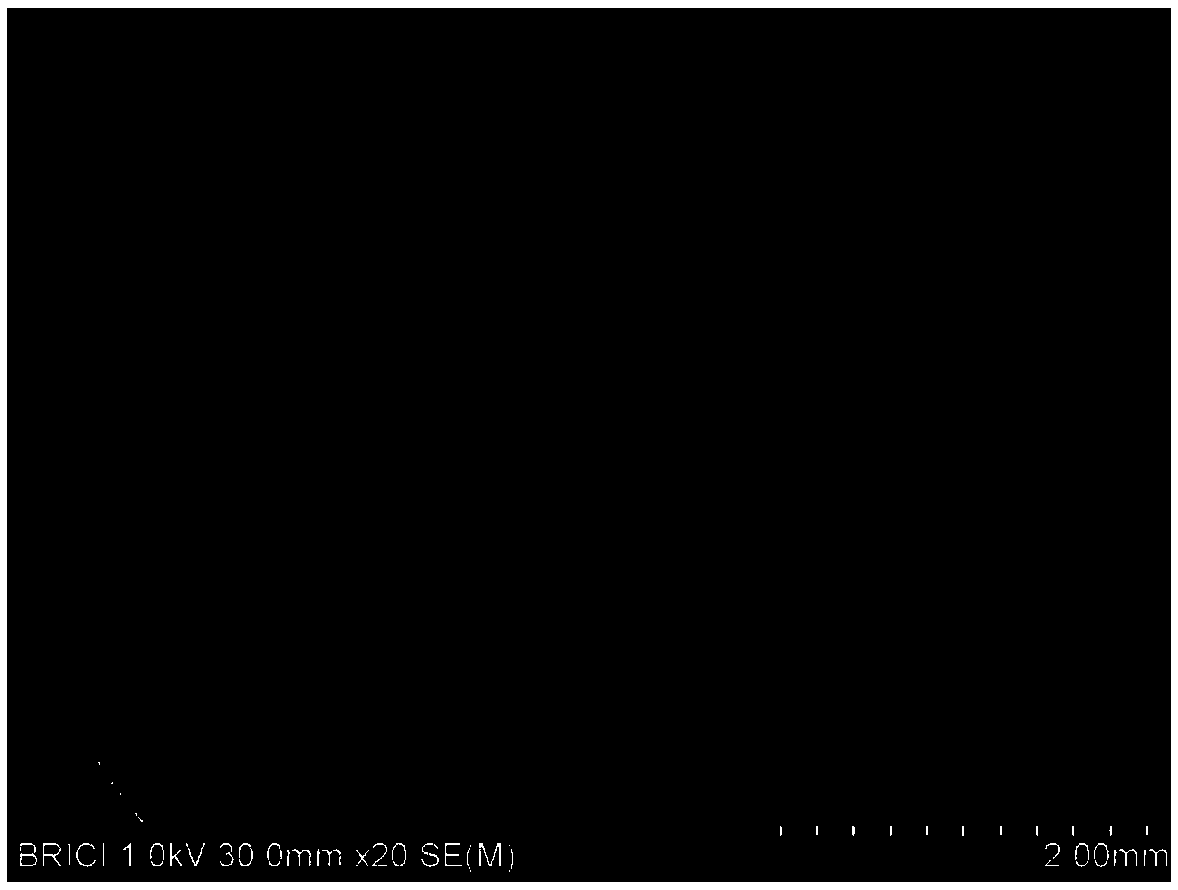Preparation method of olefin-olefin alcohol copolymer
A technology for olefin alcohols and copolymers, which is applied in the field of preparation of olefin-olefin alcohol copolymers, can solve the problems of polymer transport solvent removal, difficult granulation, fouling, etc., and achieve good industrial application prospects and good morphology Effect
- Summary
- Abstract
- Description
- Claims
- Application Information
AI Technical Summary
Problems solved by technology
Method used
Image
Examples
Embodiment 1
[0104] 1) Preparation of ligand:
[0105] 1.5ml 2,6-dimethylaniline (12mmol) was reacted with 57ml 1M trimethylaluminum in toluene, after reflux for 3h, camphorquinone (1.05g, 5mmol) was added, and the reaction was reflux for 8 hours. The reaction was terminated with sodium / ice water, extracted with ethyl acetate, the organic phases were combined, and dried over anhydrous magnesium sulfate. The product was separated by petroleum ether / ethyl acetate column chromatography to obtain a colorless crystal ligand L1 with a yield of 70.2%. 1 HNMRδ(ppm)7.00-6.89(m,6H,Ar-H),3.57(s,1H,NH),2.18(s,6H,CAr-CH 3 ),2.05(s,6H,CH 3 ),1.74(m,4H,CH 2 ),1.44(s,3H,CH 3 ),1.35(m,1H),1.21(s,3H,CH 3 ),1.01(s,3H,CH 3 ),0.87(s,3H,CH 3 ).
[0106] 2) Preparation of complex 1: 10ml (DME) NiBr 2 (277mg, 0.9mmol) in dichloromethane solution was added dropwise to 10ml of ligand L1 (350mg, 0.9mmol) in dichloromethane solution, stirred at room temperature for 6 hours, a precipitate precipitated, filtere...
Embodiment 2
[0109] Dry the 1L stainless steel polymerization kettle equipped with mechanical stirring at 130 ° C for 6 hours, vacuumize while it is hot and use N 2 Gas replacement 3 times. Inject 500 mL of hexane into the polymerization system, and simultaneously add 6.1 mg (10 μmol) of complex 1, 30 mmol (5.1 mL) of 2-methyl-2-hydroxy-7-octene, 30 mL of AlEt 3 (1.0mol / L hexane solution), 6.5mL MAO (1.53mol / L toluene solution), at 20°C, keep ethylene pressure of 10atm, and stir for 30min. Finally, it was neutralized with an ethanol solution acidified with 5 volume % hydrochloric acid to obtain a polymer. The polymerization activity and the performance parameters of the polymer are shown in Table 1.
[0110] figure 1 and figure 2 The electron micrographs of the spherical and / or quasi-spherical polymer prepared in this embodiment and after cutting are shown, and it can be seen that the spherical polymer has a cavity inside.
Embodiment 3
[0112] Dry the 1L stainless steel polymerization kettle equipped with mechanical stirring at 130 ° C for 6 hours, vacuumize while it is hot and use N 2 Gas replacement 3 times. Inject 500 mL of hexane into the polymerization system, and simultaneously add 6.1 mg (10 μmol) of complex 1, 30 mmol (5.1 mL) of 2-methyl-2-hydroxy-7-octene, 30 mL of AlEt 3 (1.0mol / L hexane solution), 6.5mL MAO (1.53mol / L toluene solution), at 60°C, keep 10atm ethylene pressure, and stir for 30min. Finally, it was neutralized with an ethanol solution acidified with 5 volume % hydrochloric acid to obtain a polymer. The polymerization activity and the performance parameters of the polymer are shown in Table 1.
PUM
 Login to View More
Login to View More Abstract
Description
Claims
Application Information
 Login to View More
Login to View More - R&D
- Intellectual Property
- Life Sciences
- Materials
- Tech Scout
- Unparalleled Data Quality
- Higher Quality Content
- 60% Fewer Hallucinations
Browse by: Latest US Patents, China's latest patents, Technical Efficacy Thesaurus, Application Domain, Technology Topic, Popular Technical Reports.
© 2025 PatSnap. All rights reserved.Legal|Privacy policy|Modern Slavery Act Transparency Statement|Sitemap|About US| Contact US: help@patsnap.com



